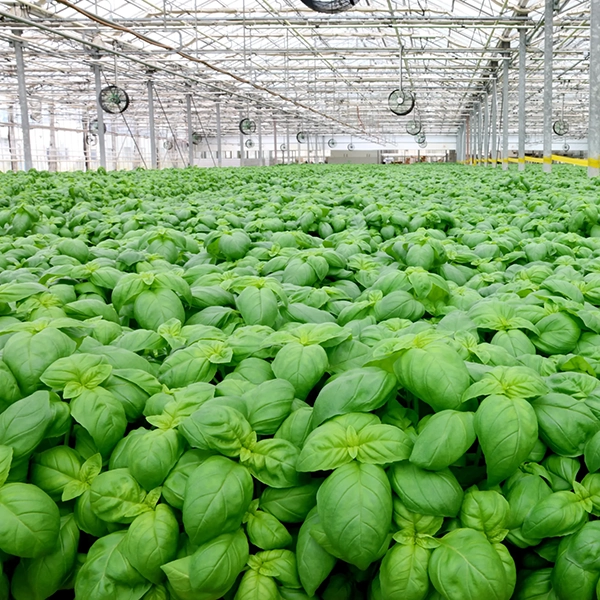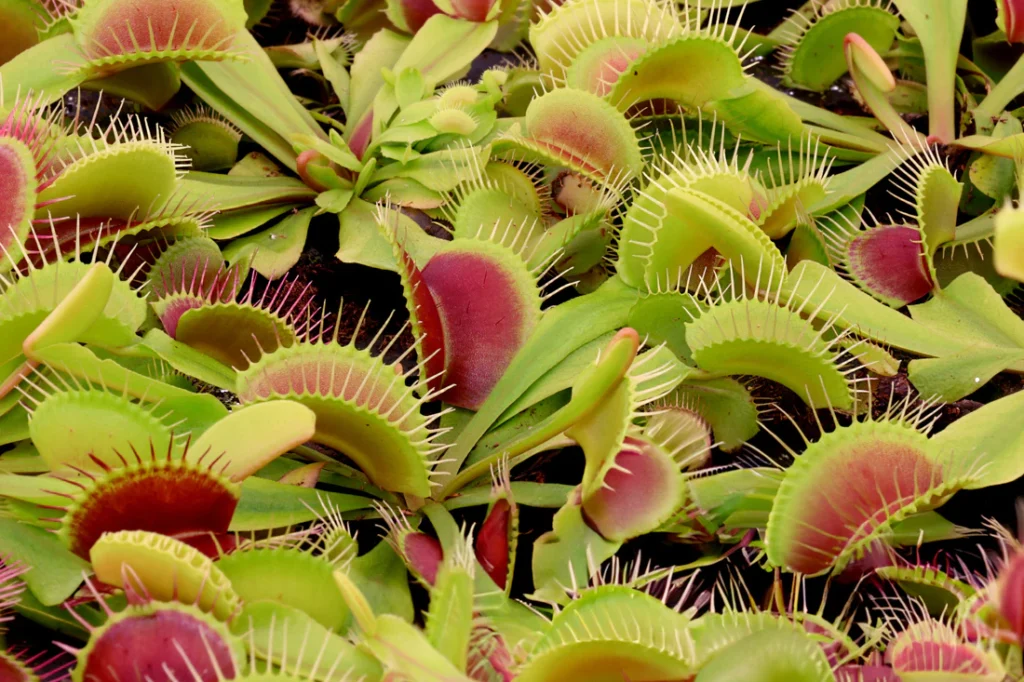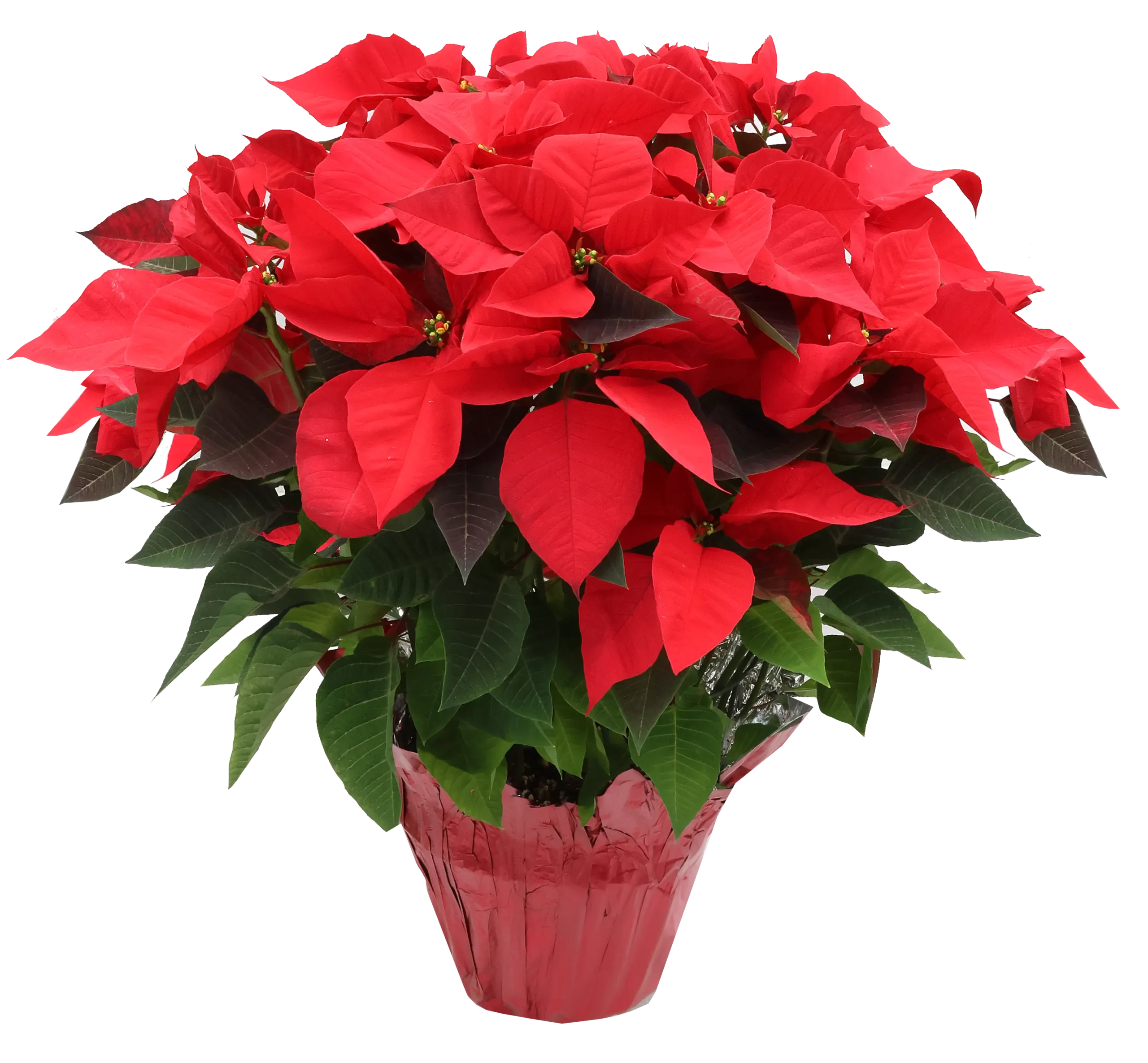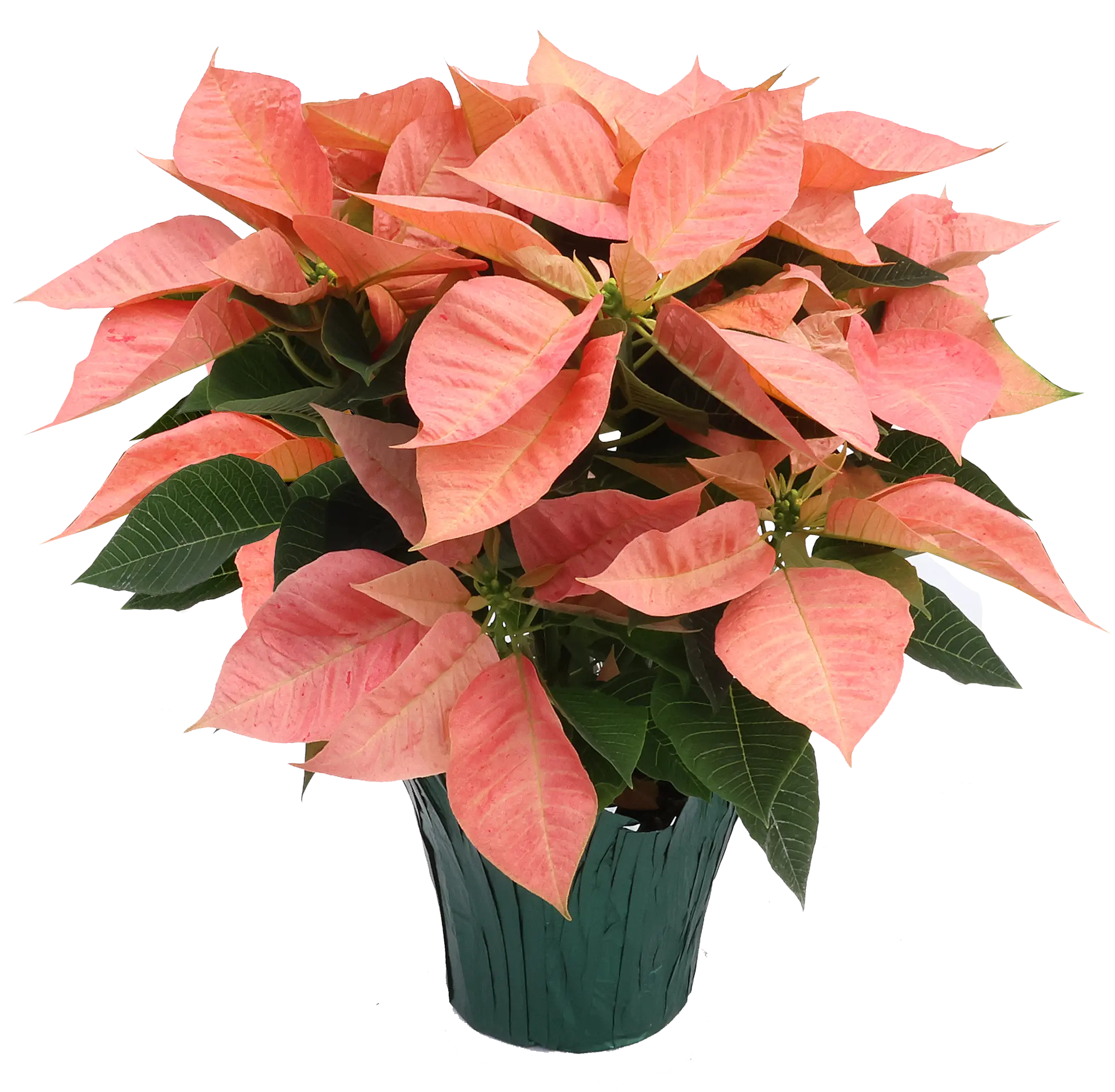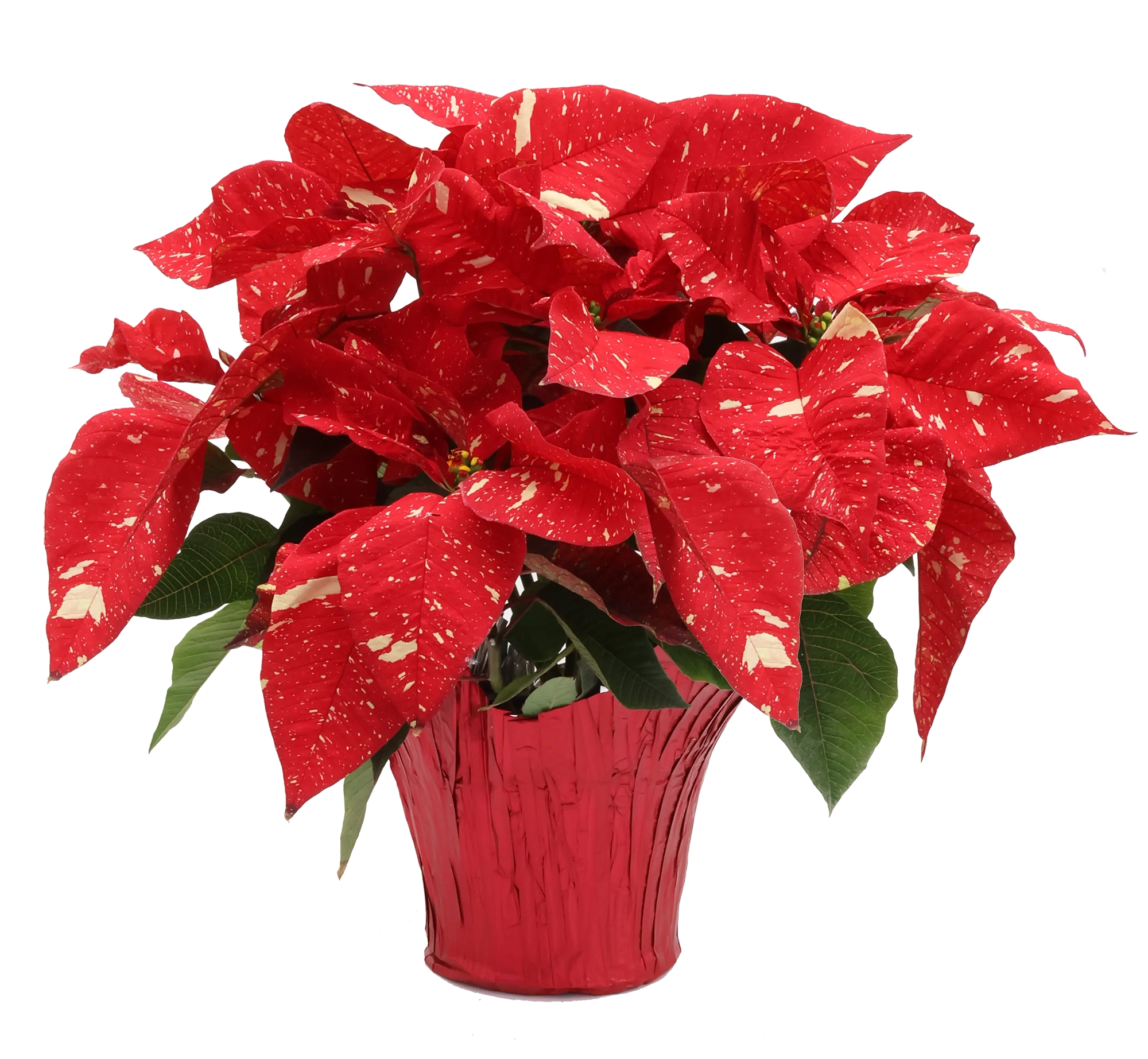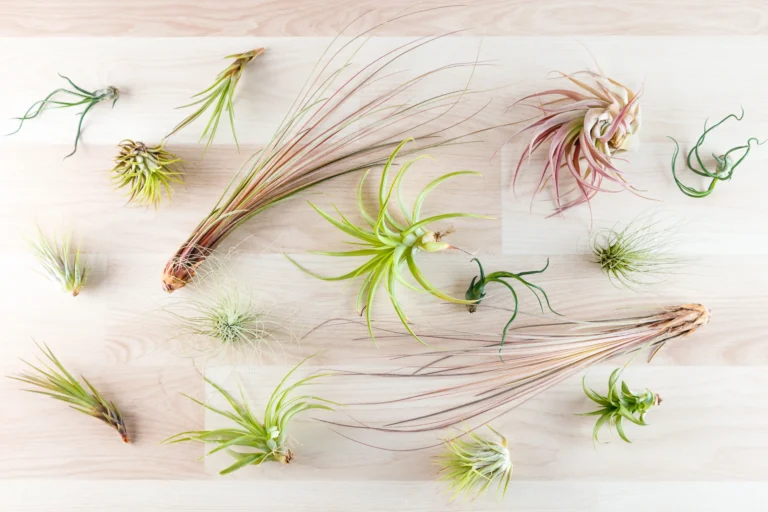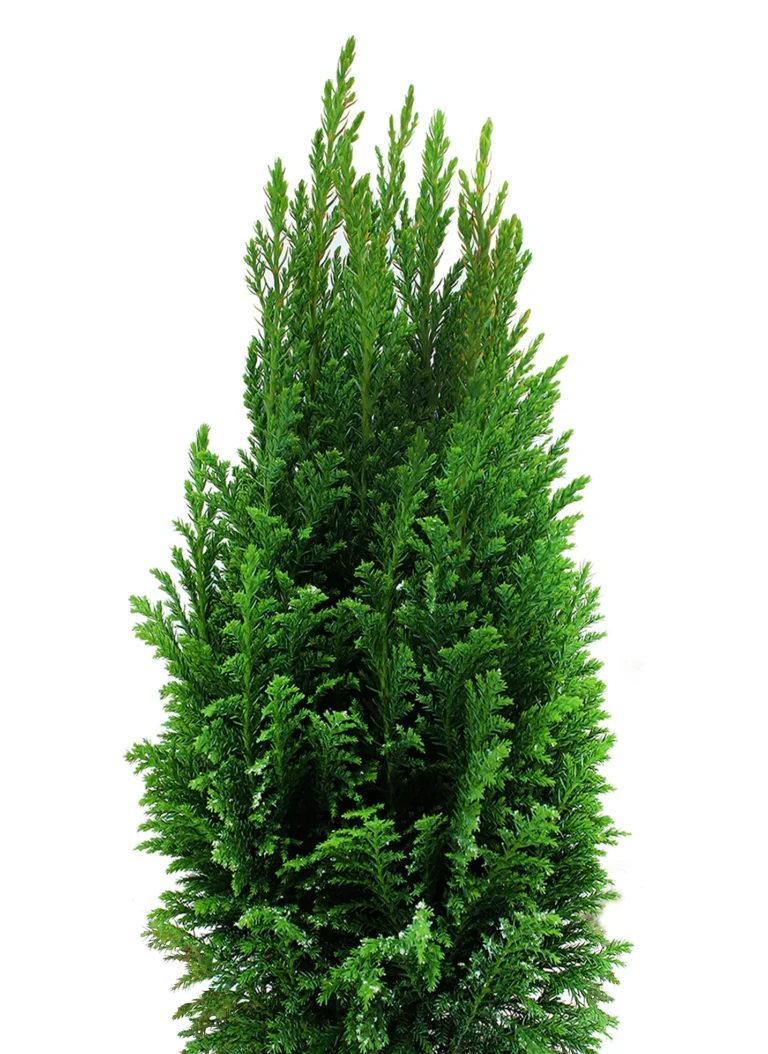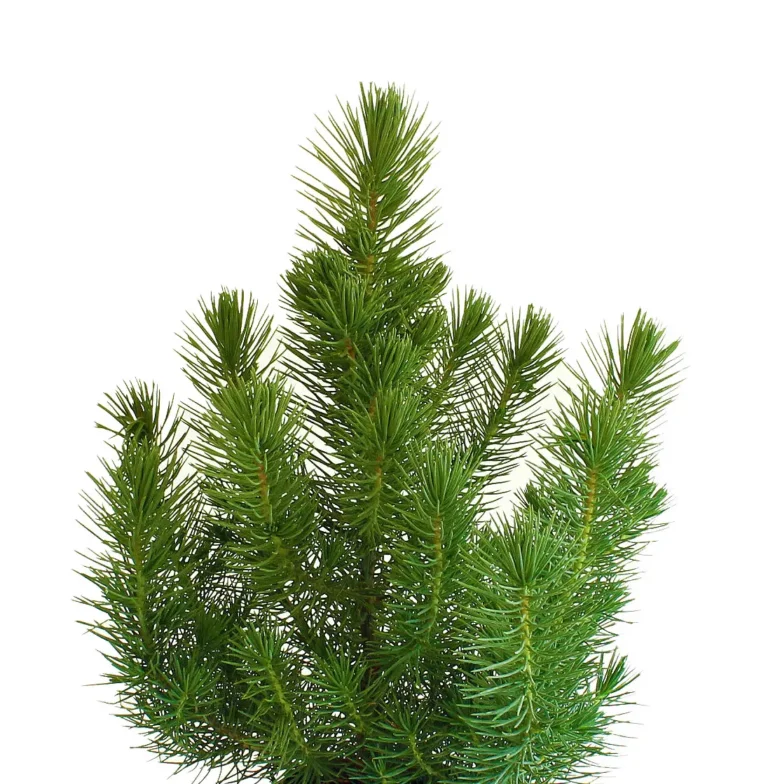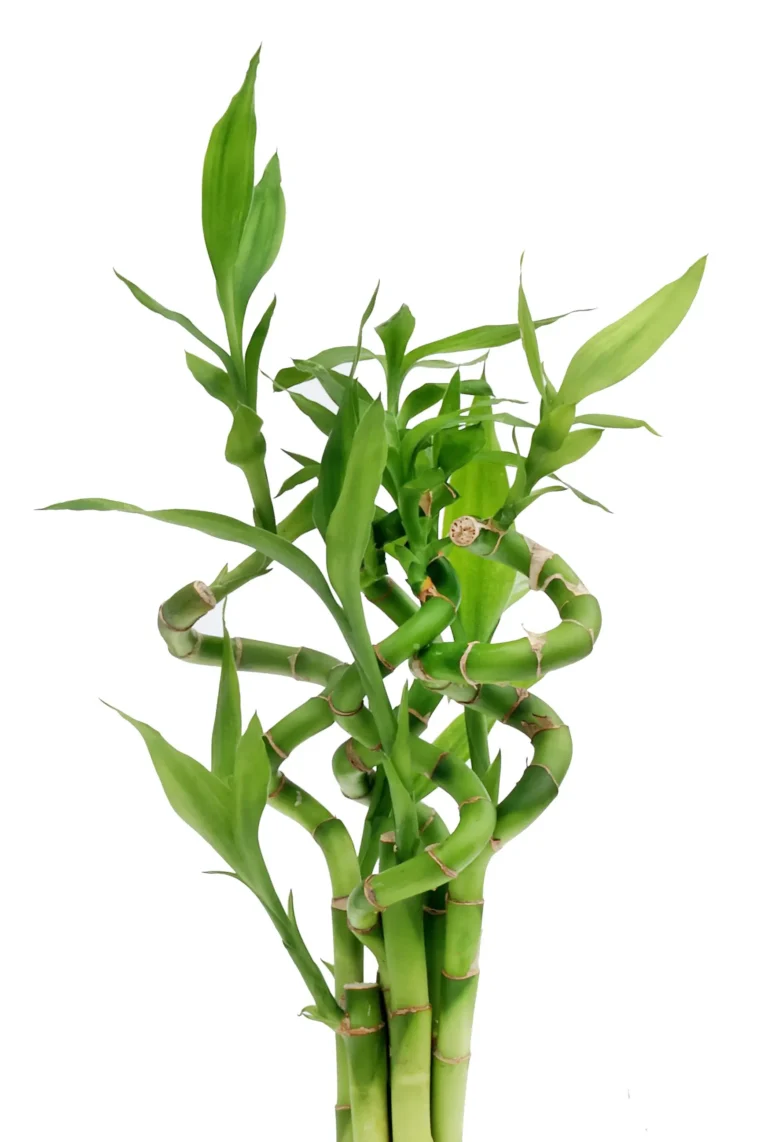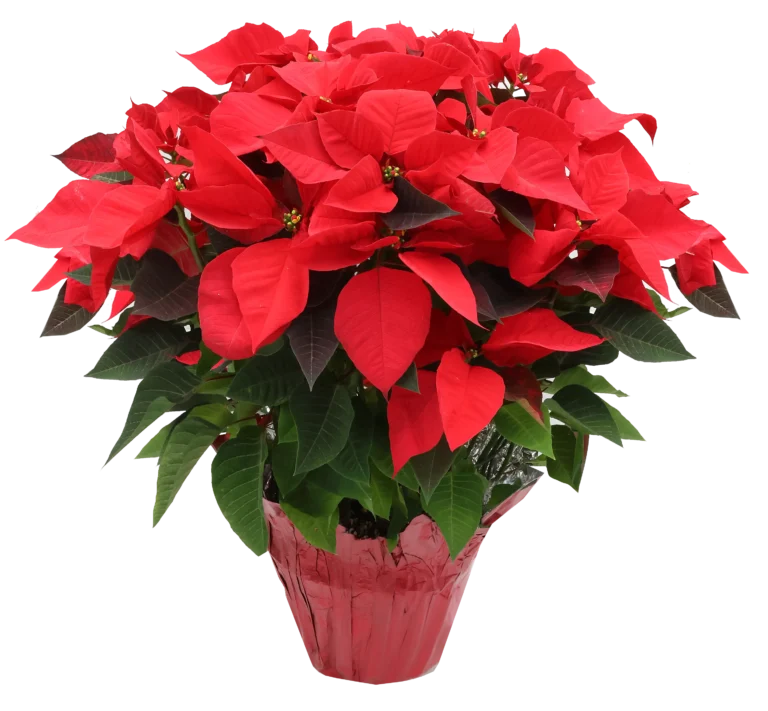The Poinsettia, renowned as a festive houseplant, brings vibrant bursts of red, pink, or white to holiday decor. Originating from Mexico, it symbolizes joy and celebration. Thriving in well-lit indoor spaces, it adds a festive touch during the holiday season. With proper care, this iconic plant becomes a cheerful and enduring symbol of seasonal warmth, making it a cherished choice for indoor festivities.
Menu

